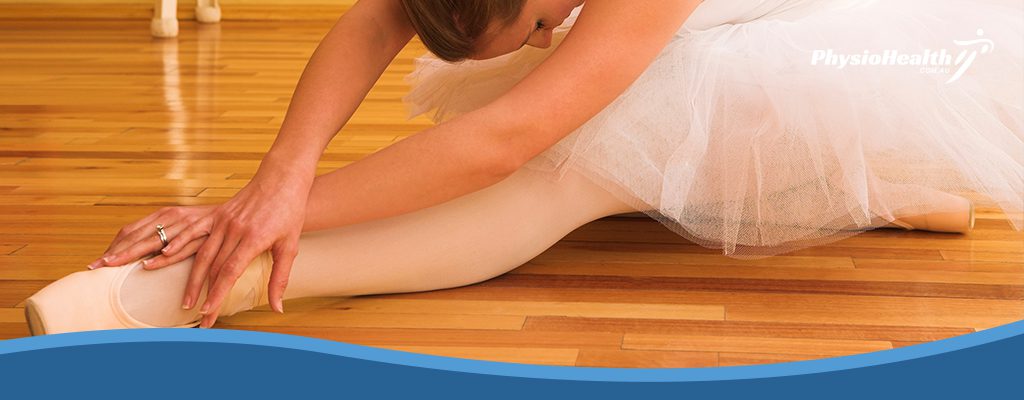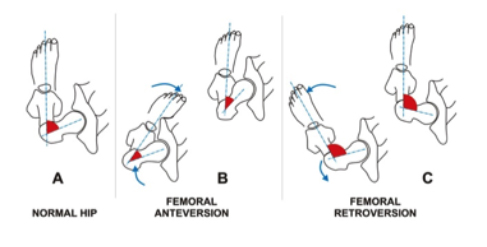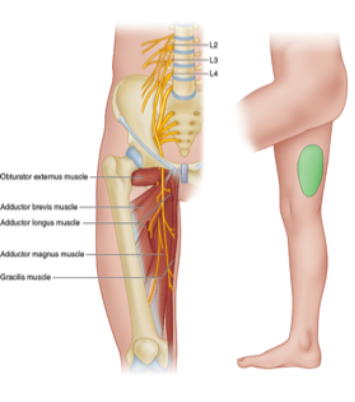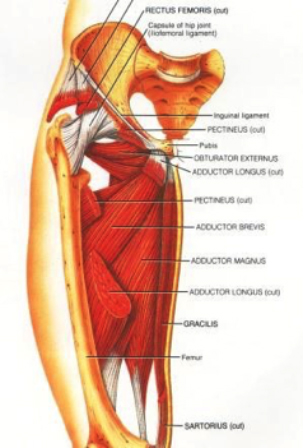Being able to do the splits is a common topic among dancers and gymnasts, especially second splits. Second splits are also known as straddle, box and centre splits. Most dancers spend hours and hours stretching and perfecting the technique required to do the splits.
Being able to do second splits requires the hip to move in full range of motion, neural flexibility, flexibility of the hip adductor muscles and strength in the gluteal muscles.
By identifying the specific component that is preventing you from having the perfect second split and then target treatment to that area, we can improve your ability to do the splits.
Hip Joint:
The hip joint is a ball and socket joint. There can be bony anatomical variations of the depth and positioning of the socket and femur, or thigh bone, that can either increase or decrease your ability to perform second splits.
The angle the ball faces the hip joint as it sits on top of the femur is called femoral version. This angle determines the position of the foot.
- Normal hip positioning is approximately 12-15 degrees
- Retroversion is >12 degrees – which increases external rotation, allowing second splits to be naturally easier to perform
- Anteversion is < 15 degrees – which increases internal rotation, making second splits more difficult to perform
Hip range of movement that is important for second splits includes:
- Flexion
- Abduction
- External rotation
Nerves:
Obturator nerve, which arises from the lumbar plexus (L2-4), is the most important nerve when looking to increase neural flexibility for second splits. This may be done by mobilising the Lumbar spine or specific exercises to increase neural mobility.
Muscles:
Two specific muscles that may need to increase in flexibility include:
- Gracilis
- Adductor group – Magnus, Longus and Brevis
By completing a full assessment of the hip joint and surrounding muscles, a physiotherapist can then develop and tailor an individual program to help improve the muscle balance and ultimately assist the dancer to achieve their goal of doing a perfect second split.
At PhysioHealth, we have specific dance screenings that we use to optimise and prevent injuries of dancers, these include looking at everything that has been discussed in the above article related to the hip, but this is just one area we can be of assistance, so feel free to contact us to arrange a screening to ensure you keep on dancing.




